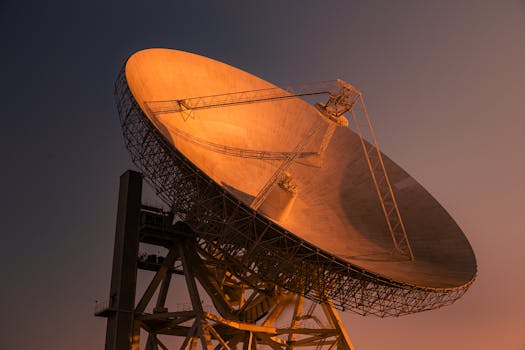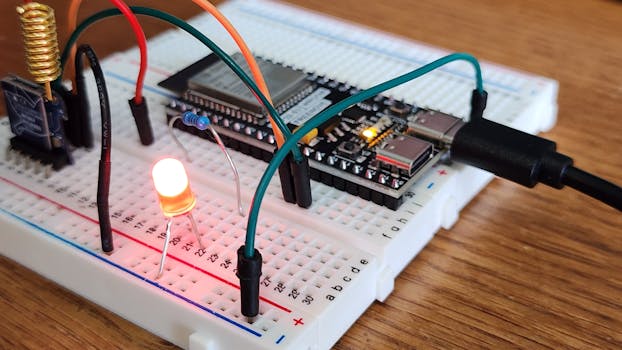Satellite Telecommunications 2023: Key Developments and What They Mean for the Industry

Satellite Telecommunications 2023: Key Developments and What They Mean for the Industry
Satellite Telecommunications 2023 has been a year of remarkable growth and innovation in the satellite telecommunications industry. The sector has experienced significant advancements in technology, infrastructure, and services, which are revolutionizing the way we communicate and access data. In this article, we will delve into the key developments in satellite telecommunications in 2023 and their implications for the industry.
The satellite telecommunications industry has been driven by the increasing demand for global connectivity, particularly in remote and underserved areas. The launch of new satellite constellations, such as OneWeb and Amazon’s Kuiper Systems, has expanded the reach and capacity of satellite-based services. These constellations offer high-speed, low-latency connectivity, enabling a wide range of applications, from broadband internet access to IoT connectivity.
Another significant development in 2023 has been the growth of satellite-based 5G services. Satellite operators, such as Intelsat and SES, have been working with mobile network operators to integrate satellite-based 5G services into their networks. This has enabled the delivery of high-speed, low-latency 5G services to remote and underserved areas, where traditional terrestrial infrastructure is limited or non-existent.
Advancements in Satellite Technology

The satellite telecommunications industry has also witnessed significant advancements in satellite technology in 2023. The development of new satellite designs, such as the use of phased arrays and digital payloads, has improved the efficiency and flexibility of satellite-based services. Additionally, the introduction of new propulsion systems, such as electric propulsion, has increased the lifespan and maneuverability of satellites.
The use of artificial intelligence (AI) and machine learning (ML) has also become more prevalent in the satellite telecommunications industry. AI and ML are being used to optimize satellite operations, predict maintenance needs, and improve the overall efficiency of satellite-based services. Furthermore, the integration of satellite-based services with other technologies, such as the Internet of Things (IoT) and cloud computing, has enabled the creation of new and innovative applications.
Implications for the Industry

The developments in satellite telecommunications in 2023 have significant implications for the industry. The expansion of satellite-based services has increased competition and driven down costs, making satellite telecommunications more accessible to a wider range of users. Additionally, the growth of satellite-based 5G services has enabled the delivery of high-speed, low-latency connectivity to remote and underserved areas, bridging the digital divide.
However, the growth of the satellite telecommunications industry also poses challenges, such as the need for increased spectrum allocation and the management of orbital debris. The industry must also address concerns related to cybersecurity, as satellite-based services become more integrated into critical infrastructure.
Conclusion

In conclusion, the satellite telecommunications industry has experienced significant developments in 2023, driven by advancements in technology, infrastructure, and services. The implications of these developments are far-reaching, enabling the delivery of high-speed, low-latency connectivity to remote and underserved areas and transforming the way we communicate and access data. As the industry continues to evolve, it is essential to address the challenges and concerns associated with the growth of satellite telecommunications, ensuring a sustainable and secure future for the sector.
See more:





